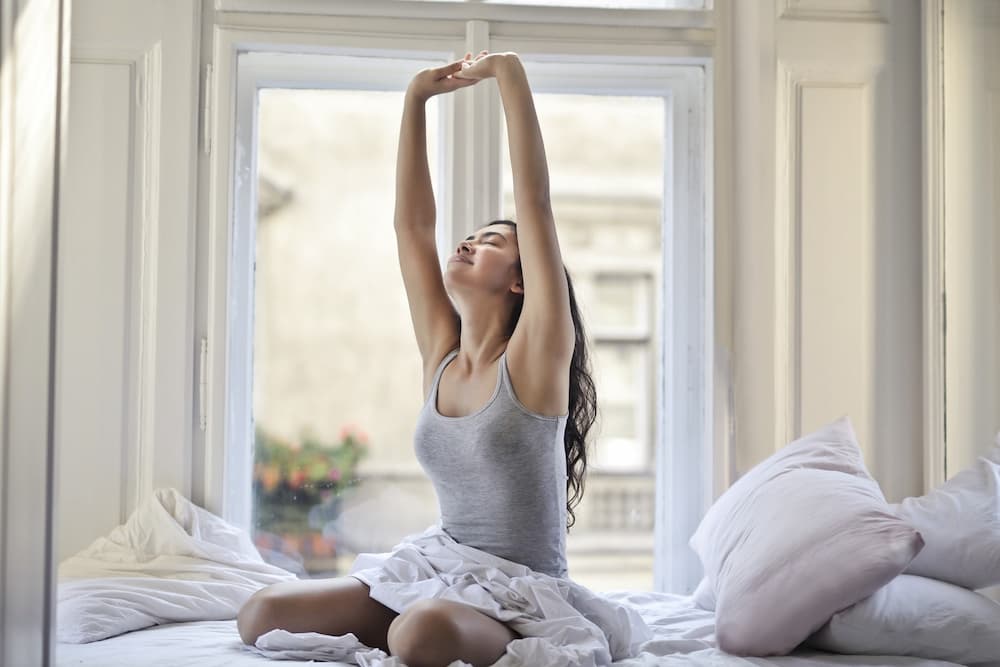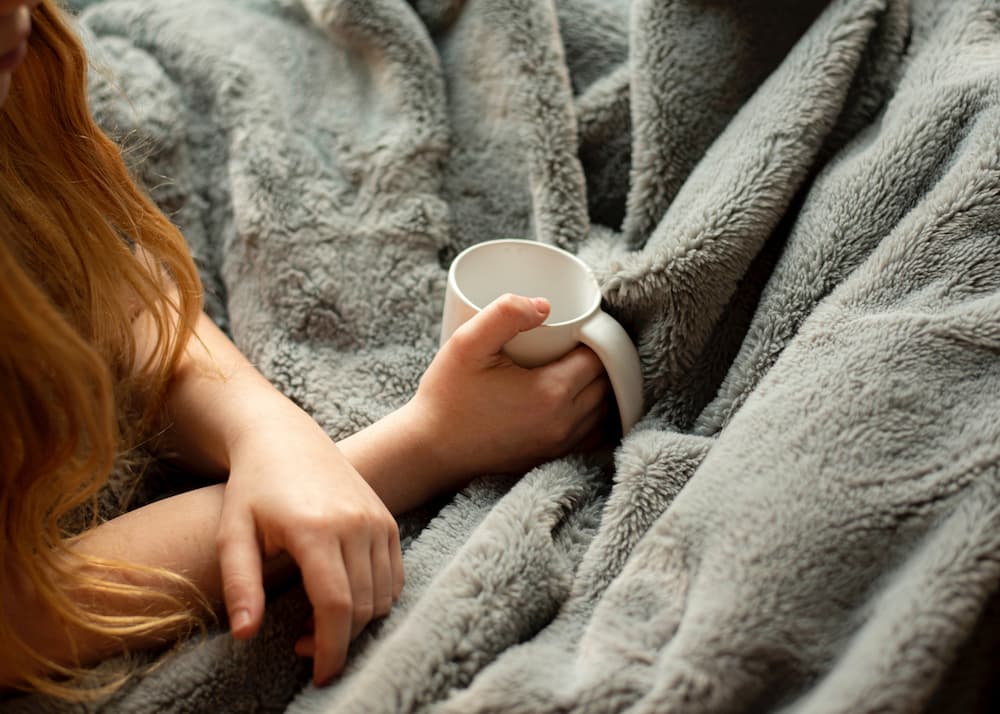* We independently evaluate all recommended products and services. If you click on links we provide, we may receive compensation.
Sleep apnea is a sleeping disorder where the body stops breathing for a few moments during sleep and then starts abruptly, causing the person to gasp for air, choke, or take shallow breaths upon waking up. Sleep apnea is commonly identified by its symptoms such as louder-than-average snoring, fatigue upon waking, suddenly waking up after gasping or choking, sore throat, and night sweats. People with this condition are more likely to experience hypertension, cardiomyopathy, and heart failure. This condition is also observed more commonly with people who are overweight, with high blood sugar, and with structural issues in the neck.
There are several effective ways of treating sleep apnea. The most common and usually most effective of these is through continuous positive airway pressure (CPAP) therapy. It involves wearing a mask over the nose and the mouth while sleeping, inflating the throat, and preventing it from collapsing. Through this method, the airways remain free even during apneic episodes and the patient will get to experience uninterrupted sleep. However, there are potential health risks associated with the PE-PUR foam used by some CPAP machine brands to lessen the noise and vibrations it generates. This specific kind of foam may degrade into particles that could enter the mechanical ventilator's air pathway and be ingested or inhaled by the user. The ingestion of these particles has been linked with the development of lung complications in several customers and this has led to some lawsuits in the past few years. To learn more about the lawsuits regarding the CPAP machine recalls, check out Schmidt & Clark.
Sleep apnea is classified into two types: obstructive and central sleep apnea. For obstructive sleep apnea, the muscles in the respiratory area that facilitate breathing such as the throat and chest muscles experience too much strain in keeping the airways open, which results in lower blood pressure and less oxygen transmitted to the vital organs. On the other hand, central sleep apnea is caused by problems in the nervous system which causes the failure of the brain to send signals to the lungs to keep functioning.
For mild cases of sleep apnea, conservative methods of treatment can be done on the patient such as losing weight, adjusting sleeping positions, and using nasal sprays and humidifiers before sleeping. Changing sleeping positions is the easiest option out of these and can be implemented immediately. The following sleeping positions are recommended by medical experts to ease sleep apnea and reduce occurrences of sleep interruptions.
1. Prone Sleeping (or Stomach Sleeping) Position
The prone sleeping or stomach sleeping position is characterized by laying on your stomach with the front of the body laying flat against the bed. This position is one of the less popular sleeping positions but nevertheless effective. In this position, the tongue and the soft palate are not pulled down the throat since gravity is pulling them towards the mouth opening. This actually opens up the passage of air in the throat thus reducing chances of apneic episodes. The only downside of this position is the muscles in the back of the neck are strained so changing positions at times would be advisable. A thin pillow is a good choice to reduce strain on the neck and to avoid having stiff necks from this position. Also, proper placement of the pillow should be done so as to not block the nose or mouth when sleeping.
2. Pillow Hugger Sleeping Position
Hugging pillows while sleeping laterally is a good way to prevent apneic episodes while sleeping. Sleeping on your side is a good position because it puts less pressure on the airways of the throat and it helps increase blood flow in several organs. This also lets the muscles in the upper body feel more relaxed due to the pillows cushioning the weight of the upper body muscles.
3. Left-Side Sleeping Position
Sleeping on your left side is a great choice not only for preventing sleep apnea but also for decreasing gastrointestinal reflux. Acid reflux also plays a huge factor in causing sleep apnea since rising stomach acid can also cause obstructions in the airways. By decreasing the risks of acid reflux, the risks of having an apneic episode also decrease. This is why sleeping on your left side is a good choice, especially if you have sleep apnea. Sleeping on the left side with your back mostly in a straight position is advisable since it optimizes the flow of blood and minimizes the chances of obstruction of the airway. A thick pillow to support the head and neck is advisable when sleeping on the side.
4. Right-Side Sleeping Position
Sleeping on the right side of your body also has several advantages compared to sleeping on the left side. While lying on the right side, the pressure and weight felt by the heart and the left lung decreases and this may be more comfortable for people with heart problems that come along with sleep apnea. By sleeping on the right side of your body, it helps the heart feel more relaxed and it may help in the treatment of sleep apnea.
5. Inclined Sleeping Position
Sleeping on the back is possibly the worst position for people with sleep apnea, but for some people with joint pains, this is the only option. To improve this position, inclining the upper part of the bed is a great position for sleeping, even with sleep apnea. Since the upper body is inclined, it reduces the slipping of the tongue and soft palette backward into the throat and this also helps reduce acid reflux while sleeping. To keep the airway more open, the use of wedge-shaped pillows made of foam is advisable. Avoid using squishy pillows since the goal is to elevate the head.
Combining these sleeping positions could be useful in improving sleep for those suffering from sleep apnea. Aside from this, maintaining healthy sleeping habits and hygiene are essential to get a good quality sleep. It would also be helpful to create an environment that supports a good sleep by varying the room’s temperature to your preference, limiting or lessening noise from surroundings, and using a clean and comfortable mattress or bedding.


